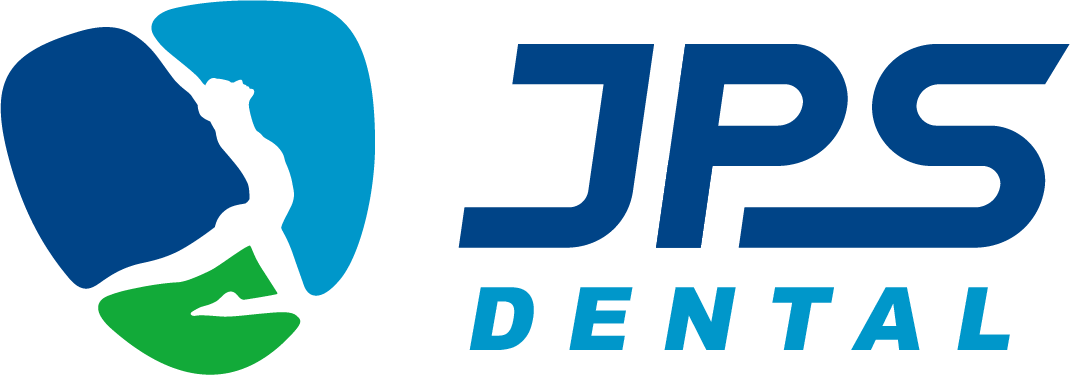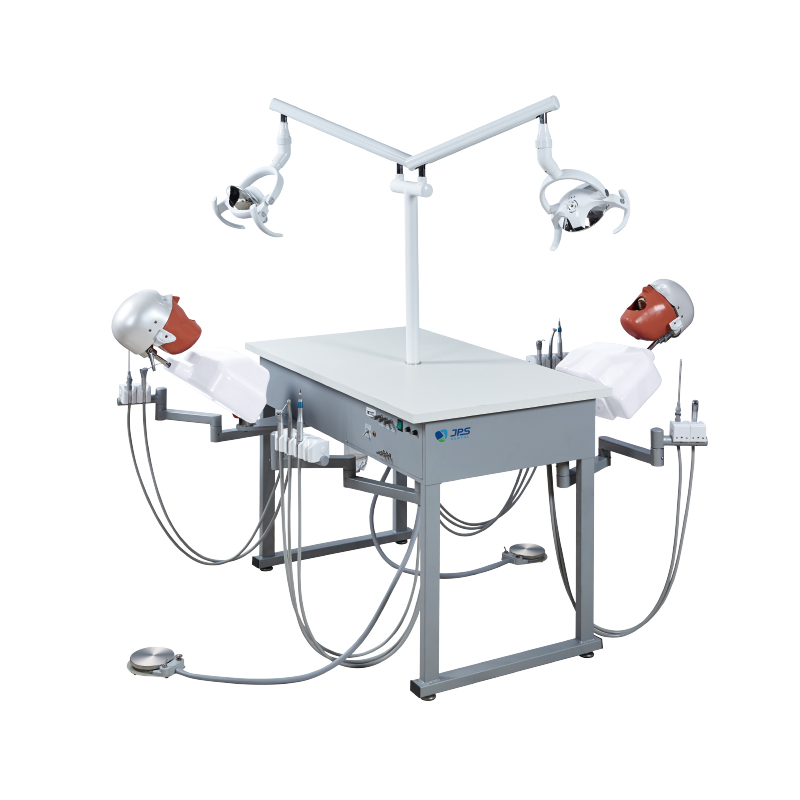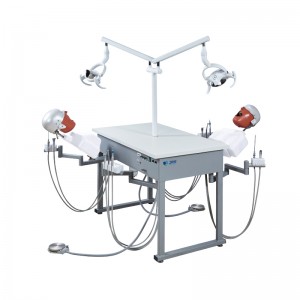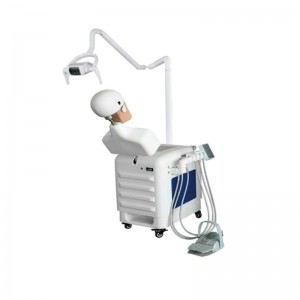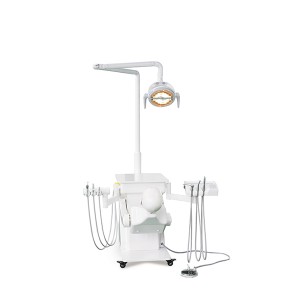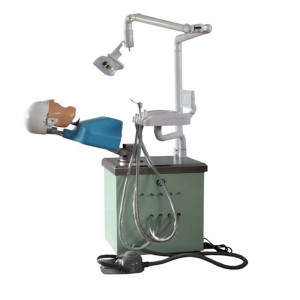JPS-ED280 Twin Type Dental Simulator
Key Features of a Twin-type Dental Simulator
Dual Workstations:
The simulator includes two individual workstations, each with its own set of equipment and manikins, allowing two users to practice simultaneously.
Realistic Manikins (Phantom Heads):
Each workstation is equipped with anatomically accurate manikins that replicate the human oral cavity, including teeth, gums, and jaws. These manikins are designed to provide a realistic practice environment.
Haptic Feedback Technology:
Advanced models feature haptic feedback, which provides tactile sensations that mimic the feel of working on real dental tissues. This helps users develop precise hand movements and a better understanding of the physical aspects of dental procedures.
Interactive Software:
The simulator is connected to software that guides users through various dental procedures. This software provides visual instructions, real-time feedback, and performance assessments, enhancing the learning experience.
Digital Displays:
Each workstation may include digital displays or monitors that show instructional videos, real-time data, and visual feedback during the practice sessions.
Integrated Dental Instruments:
Workstations are equipped with essential dental instruments and handpieces, such as drills, scalers, and mirrors, replicating the tools used in real dental practice.
Adjustable Dental Chairs and Lights:
Each workstation includes an adjustable dental chair and overhead light, allowing users to position the manikin and lighting as they would with a real patient.
Simulated Dental Procedures:
The simulator allows users to practice a wide range of dental procedures, including cavity preparation, crown placement, root canals, and more. The software typically includes different scenarios and difficulty levels to match the user's skill level.
Performance Tracking and Assessment:
The integrated software tracks the user's performance, providing immediate feedback and detailed assessments. This helps users identify areas for improvement and monitor their progress over time.
Ergonomic Design:
The simulator is designed to mimic the ergonomics of a real dental operatory, helping users practice proper posture and hand positioning during procedures.
Storage and Accessibility:
The simulator may include storage compartments for dental instruments and materials, ensuring everything needed for practice is readily accessible.
Benefits:
Simultaneous Training:
Allows two users to train at the same time, making efficient use of resources and time.
Realistic Experience:
Provides a highly realistic simulation of dental procedures, enhancing the learning experience.
Immediate Feedback:
Offers real-time feedback and assessments, helping users improve their skills quickly.
Safe Practice Environment:
Allows users to practice and make mistakes in a risk-free environment, ensuring they are well-prepared before working on real patients.
Versatility:
Suitable for a wide range of dental procedures, making it a comprehensive training tool for dental education and professional development.
Applications:
Dental Schools:
Used extensively in dental education to train students in a safe and controlled environment.
Continuing Education:
Employed in professional development courses for practicing dentists to refine their skills and learn new techniques.
Certification and Competency Testing:
Used by educational institutions and certification bodies to assess and ensure the competence of dental practitioners.
How does a Twin-type Dental simulator work?
Setup:
The instructor sets up the simulator with the required dental models or teeth for the specific training procedure. The manikins are positioned in a way that replicates a real patient’s head placement.
Procedure Selection:
Students select the procedure they need to practice from the software interface. The simulator software may include a variety of procedures such as cavity preparation, crown placement, root canals, and more.
Practice:
Students use the dental instruments and handpieces to perform the selected procedures on the manikins. The haptic feedback provides realistic sensations, helping students understand the tactile aspects of dental work.
Real-time Guidance and Feedback:
The software offers real-time guidance through visual aids and instructions displayed on the monitors. It also provides immediate feedback on the student’s performance, highlighting areas of improvement.
Assessment:
After completing the procedure, the software evaluates the student’s performance based on criteria such as precision, technique, and completion time. This assessment helps students understand their strengths and areas needing improvement.
Repeat and Mastery:
Students can repeat procedures as needed, allowing them to practice until they achieve proficiency. The ability to repeatedly practice without risk to real patients is a significant advantage.
What is a Dental Simulator?
A Dental Simulator is an advanced training device used in dental education and professional development to replicate real-life dental procedures in a controlled, educational setting. These simulators provide dental students and professionals with a realistic and hands-on experience, allowing them to practice various dental techniques and procedures before working on actual patients.
Intended Uses of a Dental Simulator
Educational Training:
Used extensively in dental schools to train students in a safe and controlled environment before they perform procedures on real patients.
Skill Enhancement:
Allows practicing dentists to refine their skills, learn new techniques, and stay updated with the latest advancements in dental procedures.
Assessment and Evaluation:
Used by educators to assess the competence and progress of dental students and professionals, ensuring they meet the required standards.
Pre-Clinical Practice:
Provides a bridge between theoretical learning and clinical practice, helping students gain confidence and proficiency in their skills.
What is haptic simulation dentistry?
Haptic simulation dentistry refers to the use of advanced technology that provides tactile feedback to simulate the feel and resistance of real dental tissues during dental procedures. This technology is integrated into dental simulators to enhance the training and educational experience for dental students and professionals. Here's a detailed explanation:
Key Components of Haptic Simulation Dentistry:
Haptic Feedback Technology:
Haptic devices are equipped with sensors and actuators that mimic the physical sensations of working with dental tools on real teeth and gums. This includes sensations such as resistance, texture, and pressure changes.
Realistic Dental Models:
These simulators often include anatomically accurate models of the oral cavity, including teeth, gums, and jaws, to create a realistic training environment.
Interactive Software:
The haptic dental simulator is usually connected to software that provides a virtual environment for various dental procedures. The software offers real-time feedback and assessment, guiding users through different tasks.
Benefits of Haptic Simulation Dentistry:
Enhanced Learning Experience:
Haptic feedback allows students to feel the difference between various dental tissues, helping them understand the tactile aspects of procedures such as drilling, filling, and extraction.
Improved Skill Development:
Practicing with haptic simulators helps students and professionals develop precise hand movements and control, crucial for successful dental work.
Safe Practice Environment:
These simulators provide a risk-free environment where learners can make mistakes and learn from them without any harm to patients.
Immediate Feedback and Assessment:
The integrated software offers instant feedback on performance, highlighting areas of improvement and ensuring that users are practicing correctly.
Repetition and Mastery:
Users can practice procedures repeatedly until they achieve proficiency, which is often not possible with real patients due to ethical and practical constraints.
Applications of Haptic Simulation Dentistry:
Dental Education:
Widely used in dental schools to train students on various procedures before they work on real patients. It helps bridge the gap between theoretical knowledge and practical skills.
Professional Development:
Allows practicing dentists to refine their skills, learn new techniques, and stay updated with the latest advancements in dental procedures.
Certification and Competency Testing:
Used by educational institutions and certification bodies to assess and ensure the competence of dental practitioners.
Research and Development:
Facilitates the testing of new dental tools and techniques in a controlled environment before they are introduced into clinical practice.
In summary, haptic simulation dentistry is a cutting-edge approach that significantly enhances dental training by providing realistic, tactile feedback, thus improving the overall skill and confidence of dental practitioners.
